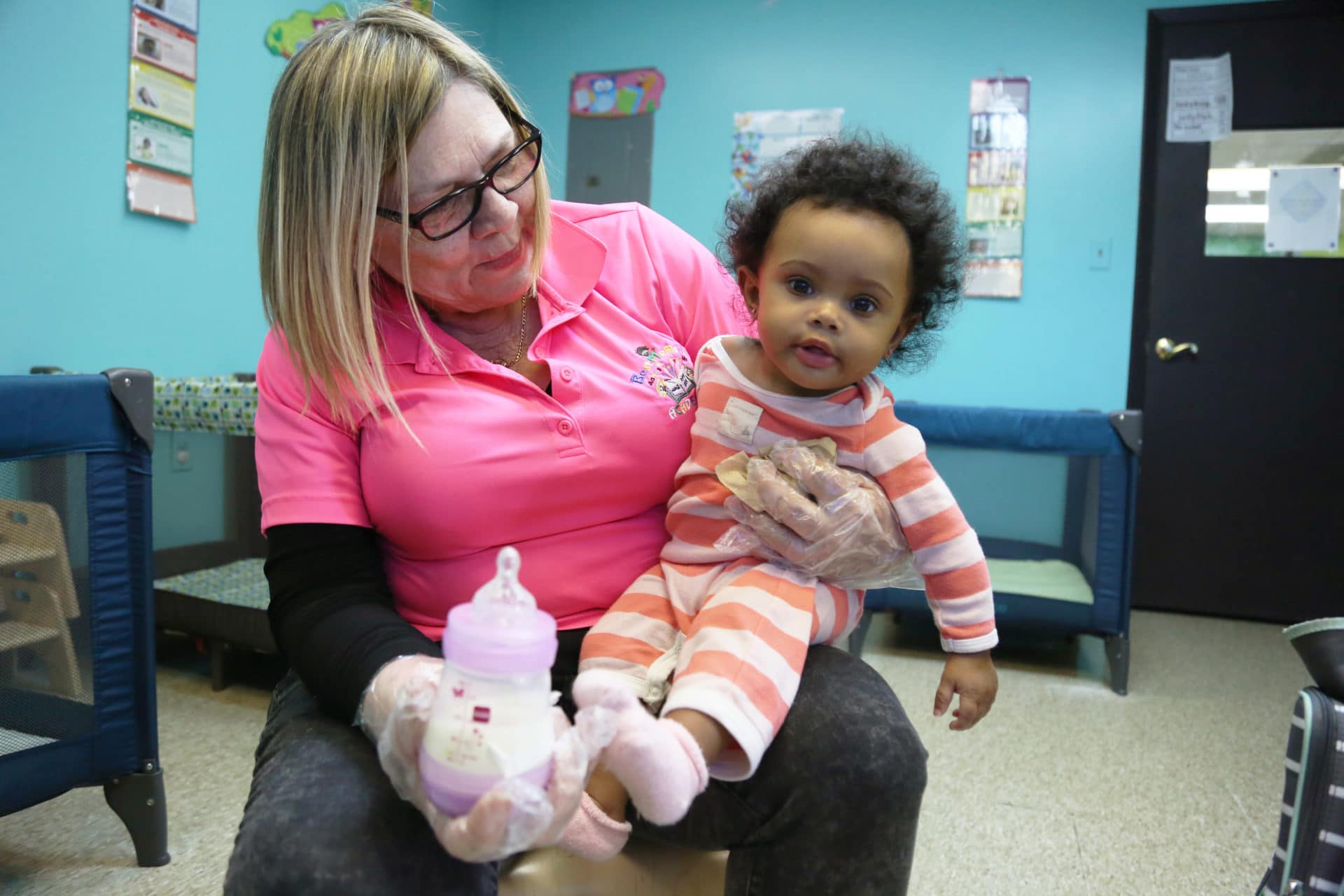Understanding the evolutionary origins of language
A team of researchers is using LENA technology to understand the origins of language by comparing the vocalizations of human infants to those of bonobo monkey infants.
During the first few months of life, human infants produce “protophones,” which are speech-like, non-cry sounds. Scientists have assumed that other apes don’t make these sounds frequently or at all, but had never done a quantitative comparison between monkeys and humans to confirm.
To investigate, researchers captured audio and video of three mother-child bonobo monkey pairs and compared it with their lab’s repository of human mother-child language interactions, which included some data captured by LENA technology. They found that the bonobo infants produced distress cries and laughter like humans, as well as some sounds that showed acoustic similarities to human protophones.
“These protophone-like sounds confirm that bonobo infants share with humans the capacity to produce vocalizations that appear foundational for language,” the paper explains. “Still, there were dramatic differences between the species in both quantity and function of the protophone and protophone-like sounds.”
For example, the bonobo infants made protophone-like sounds less frequently than human infants, and bonobo mothers did not respond vocally to their infants’ cries at all, unlike human mothers.
Read the full study in Frontiers in Psychology.
Watch a short video of lead researcher Dr. Kim Oller explaining how he uses LENA technology!
Measuring the home language environment to understand child development
Researchers in England used LENA technology to conduct one of the largest naturalistic home observation studies ever completed, measuring the home language environment of more than 100 families with preschoolers over three days.
The team found that home language input — the amount and lexical diversity of adult words a child hears — is positively associated with the child’s cognitive ability and verbal skills, but is not related to the child’s behavior. However, the team found that parenting practices are related to children’s behavior.
“Overall, our findings suggest that home language input affects child development in cognition and language, while parenting informs their behavioral development,” the paper explains.
The study demonstrated that audio recordings can be a helpful tool to gather objective data free from observer bias or reactivity and added to the growing body of research that early language is related to children’s cognitive development.
The study also found high levels of variability in how much each family talked with their children from day to day, suggesting that “early life experiences, especially with regard to language, are dynamic processes that change and evolve over time, rather than static environmental determinants.”
Read the full study at APA PsychNet.
Researching how the auditory environment of the NICU influences preterm infant development
Children who are born prematurely may be put into the neonatal intensive care unit (NICU) to receive extra medical support. Historically, children have been placed together in one large room, which may have high levels of non-natural noise, like the sound of medical equipment running.
A team of researchers set out to better understand how the auditory environment of different types of intensive care units affects child development, using LENA technology to measure sound levels in NICUs set up as open wards and NICUs set up as private rooms. The study builds on the publications of LENA’s Scientific Advisory Board member Betty Vohr, who’s spent many years researching the language environment of preterm infants.
The team found that the private rooms had an average of almost two hours more silence per day than the open wards and that infants in both types of rooms were exposed to very little meaningful language.
Because the first weeks and months of life are a critical period for early brain development, when the auditory environment can shape children’s development, the researchers conclude that changes may be needed in typical NICU setups to create the optimum environment for child development. This study, they said, is another step toward understanding what those changes might look like.
“Understanding the NICU auditory environment paves the way for interventions that reduce high levels of adverse sound and enhance positive forms of auditory exposure, such as language,” the study concludes.
Read the full study at the US National Library of Medicine website.




One Comment on “Research Roundup: How researchers are using LENA technology to understand child development”
Your work is followed extensively by me. It so much captures my thesis as to learning from Cradle to Grave.
I have a daughter and 3 grandchildren who live in Denver. I visit several times a year. May I make an appointment to visit sometime in the future?
Keep up the excellent coverage in your newsletters and seminars. Thank You. Yes, Virginia, some of us are Dyslexic